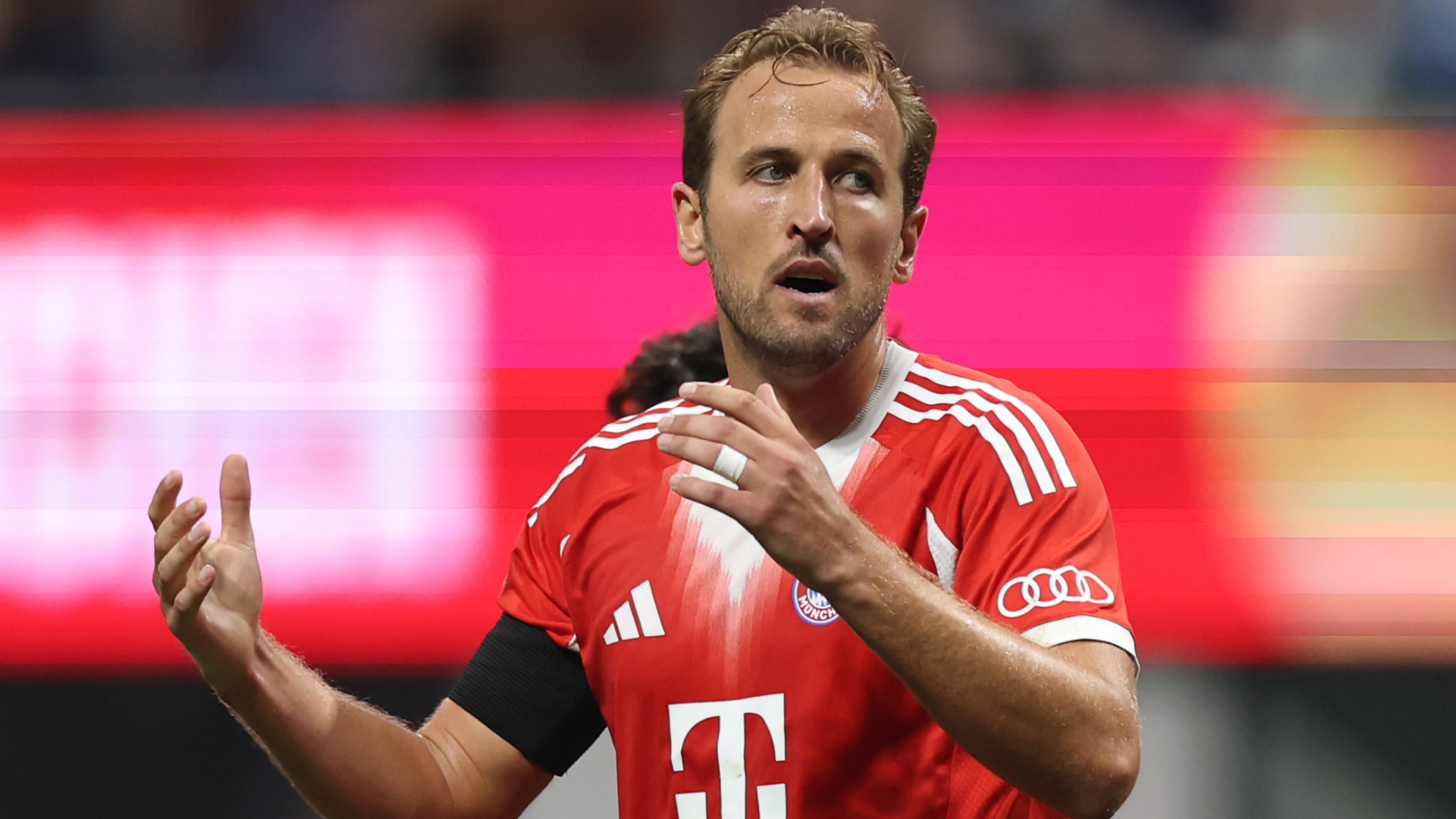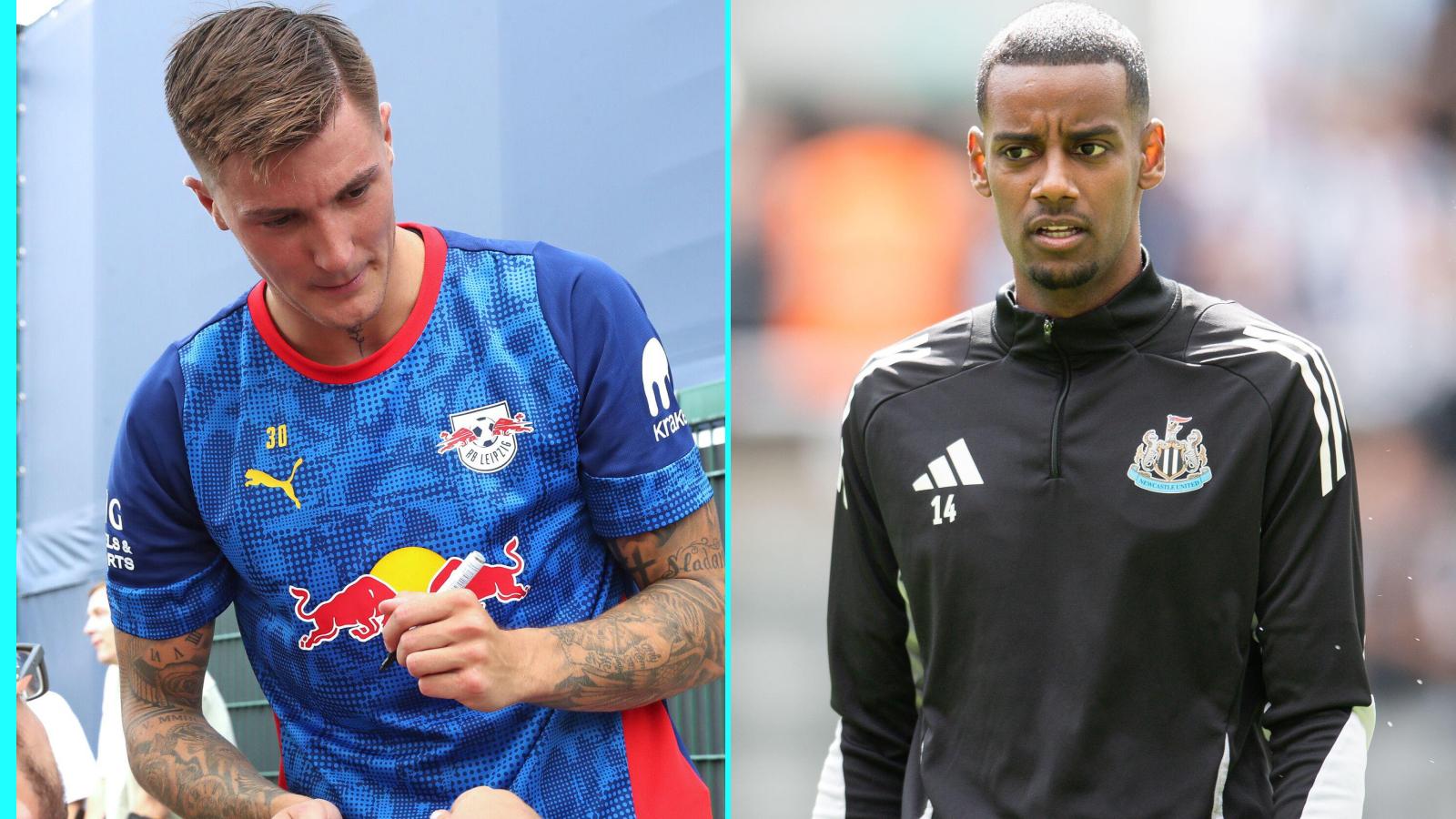The summer transfer window of 2025 marked a decisive turning point in Arsenal’s trajectory under Mikel Arteta. After a strong yet incomplete title push in the previous campaign, the club invested heavily to transform key areas of the squad. With around £250 million spent, Arsenal not only strengthened their starting XI but also added depth and flexibility across positions. The departures of several long-serving players also underlined a new cycle, one in which Arteta is determined to marry technical precision with physical intensity. Understanding these tactical changes is crucial for fans and analysts alike, as it allows you to follow the team’s evolution more closely — and even use this knowledge to bet with greater awareness, much like exploring a Coral sign up offer designed to reward informed choices.
This article explores the tactical implications of the major signings and how Arsenal’s style of play might evolve in the 2025-26 season.
Goalkeeping: Stability and Depth
David Raya remains the clear first-choice goalkeeper after his successful adaptation to Arsenal’s possession-based structure. The arrival of Kepa Arrizabalaga for a modest fee adds a level of security. While unlikely to challenge Raya directly, Kepa provides experience in high-pressure matches and ensures depth across all competitions. His comfort with ball distribution fits the Arsenal model, ensuring continuity in case of injuries or rotation.
The philosophy remains unchanged: goalkeepers are the first line of attack, with short, controlled passing sequences designed to lure the press and open vertical lanes.
Defensive Shape: A Mix of Solidity and Versatility
Arsenal’s defense in recent years has been a foundation of their competitive resurgence. The trio of William Saliba, Gabriel Magalhães, and Jurrien Timber provides both strength and fluidity. Timber’s return after injury gives Arteta a hybrid defender capable of slotting at right-back, tucking into midfield, or acting as a third center-back.
The summer additions of Cristhian Mosquera and Piero emphasis expand Arteta’s options. Mosquera brings youthful anticipation and aerial prowess, while Hincapié, on loan, offers left-footed balance and comfort carrying the ball out from the back. Both reinforce Arsenal’s ability to maintain a high line and control transitions.
A tactical curiosity lies in the emergence of Myles Lewis-Skellya homegrown talent with defensive discipline and stamina. Used in pre-season at full-back, he could become the “inverted” profile Arteta craves, stepping into midfield during build-up.
In essence, Arsenal now have the personnel to switch between a back four and back three without losing coherence, a flexibility crucial for handling Premier League and European opponents.
Midfield Revolution: Zubimendi and Eze
Perhaps the biggest transformation comes in midfield. The departure of Jorginho and Party marked the end of an era, replaced by energy and intelligence.
Zubimendi as the New Anchor
For £55.8m, Martin Zubimendi arrives as the metronome. A specialist in positional play, he thrives in controlling tempo, recycling possession, and shielding the defense. Unlike Jorginho, Zubimendi adds mobility and defensive coverage, enabling Arsenal to press higher without vulnerability. His synergy with Declan Rice is central: while Rice drives forward with ball-carrying, Zubimendi ensures structural balance.
Odegaard and Eze: Dual Creativity
Captain Martin Ødegaard remains the orchestrator in the right half-space, dictating vertical passes and combining with Bukayo Saka. However, Arsenal lacked an equally unpredictable force on the opposite flank. The £60m arrival of Rear seat solves this imbalance. Eze’s dribbling, ball retention, and ability to break defensive lines add a new dimension.
Together, Ødegaard and Eze create a double-creative pivot, with Rice and Zubimendi behind them providing insurance. This could herald a shift toward a 4-3-3 morphing into 3-2-5with five lanes of attack fully occupied.
Attacking Firepower: Gyökeres and Madueke
In the final third, Arsenal made bold moves.
Root as the Reference Striker
Signed from Sporting Lisbon, Viktor offers a very different profile from Gabriel Jesus. At 1.87m, he is a physical presence who thrives on running into channels, pressing defenders, and finishing clinically. His ability to hold up play also benefits runners like Saka and Martinelli. Importantly, Gyökeres can attack crosses, an area where Arsenal have sometimes lacked efficiency despite creating overloads on the wings.
Madueke’s Directness
Call Maduykeacquired from Chelsea, adds raw pace and 1v1 dribbling. While still inconsistent, his ceiling is high. Rotating with Saka or Martinelli, Madueke prevents predictability in wide areas. His arrival also allows Arsenal to rest key wingers more often across the season.
With Sister, Martelelli, Maddens, and Leandro TrossardArteta now has four dynamic wingers with complementary styles. Expect Arsenal to emphasize width and unpredictability, dragging defenses wide before exploiting central gaps through Ødegaard and Eze.
Departures: The End of a Cycle
The exits of Tierney, Partey, Tomiyasu, Jorginho, and Zincchenko (Loan) marked the departure of the last remnants of Arsenal’s earlier rebuild. These players were essential during the transition years but did not align with the physical and tactical demands of the current system.
Arteta and sporting director Edu opted for low fees or free transfers rather than forcing sales, prioritizing squad refreshment over financial return. This heavy net spend demonstrates a single-minded ambition: winning major trophies now.
Playing Style in 2025-26: What to Expect
- High Pressing and Counter-Pressing: With Zubimendi and Rice anchoring, Arsenal can press more aggressively, knowing transitions are covered.
- Positional Play and Inversions: Full-backs, especially Timber or Lewis-Skelly, will invert, forming a midfield box with Rice and Zubimendi.
- Double Creativity: Ødegaard and Eze will share creative duties, reducing predictability and offering threats on both flanks.
- Direct Verticality: Gyökeres provides a target for long balls and transitional attacks, diversifying Arsenal’s options beyond intricate passing.
- Squad Rotation and Depth: Unlike previous years, Arteta can now rotate without significant drop-off, crucial for competing on multiple fronts.
Potential Challenges
While the squad looks powerful on paper, challenges remain. Integrating many new signings quickly will be difficult. Zubimendi and Eze, in particular, must adapt to the intensity of the Premier League. Gyökeres will face scrutiny over whether he can replicate his Portuguese league numbers in England. Moreover, balancing egos and maintaining chemistry is a test Arteta has yet to face on this scale.
Defensively, while reinforcements are promising, losing the experience of Partey and Tomiyasu could reduce stability against elite European attacks.
Arsenal’s New Identity
The 2025-26 season feels like a defining chapter for Arsenal. After years of incremental growth, this transfer window signals a club ready to push beyond “contender” status and establish itself as a champion. The signings of Zubimendi, Eze, Gyökeres, and Madueke embody a clear philosophy: blend technical excellence with physical dominance, creativity with vertical threat.
Under Arteta, Arsenal’s tactical evolution continues toward total control of games, but now with more unpredictability and killer instinct in the final third. If the pieces click, this Arsenal side could not only fight for the Premier League but also compete seriously in Europe.
The journey will depend on how quickly the new signings embed themselves into Arteta’s demanding system, but one thing is clear: Arsenal 2025-26 is no longer building for the future. They are built for now.



